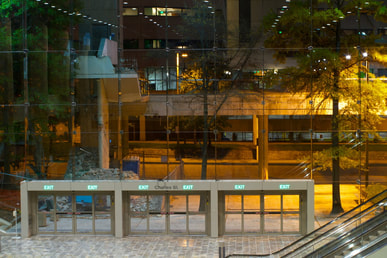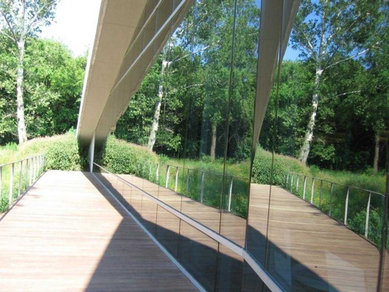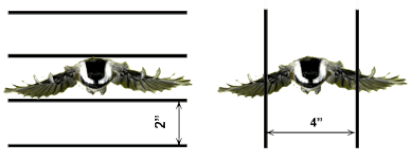Building Collisions
According to American Bird Conservancy, an estimated 300 million to 1 billion birds die each year from colliding into glass from city skyscrapers to an individual's home. Clear glass, reflective glass, and vegetation placed within lobbies of buildings disorient birds and cause bird 'collisions' or 'strikes.' Day time and nighttime strikes both occur resulting in bird deaths or injuries.
Every 9 seconds a bird strikes a window and dies. While, window strikes do not get the publicity that massive oil spills do, they make a larger impact on the population than oil spills. According to a study, it would take 333 Exxon Valdez oil spills annually to equal the amount of birds that die each year from window strikes.
Every 9 seconds a bird strikes a window and dies. While, window strikes do not get the publicity that massive oil spills do, they make a larger impact on the population than oil spills. According to a study, it would take 333 Exxon Valdez oil spills annually to equal the amount of birds that die each year from window strikes.
What do birds see?

Glass without any visual markers presents as a fly through area for birds. Photo by Lynne Parks.

Reflective glass reflects the outside environment that confuses birds. Photo courtesy of American Bird Conservancy.
Reflective glass reflects the outside environment that confuses birds. Photo courtesy of American Bird Conservancy.
How to make glass visible?

Follow the "2 by 4 rule," (every 2 inches horizontal and 4 inches vertical) by adding a visual barrier using this spacing. Studies by American Bird Conservancy have proved that this spacing is most effective in preventing bird collisions.
